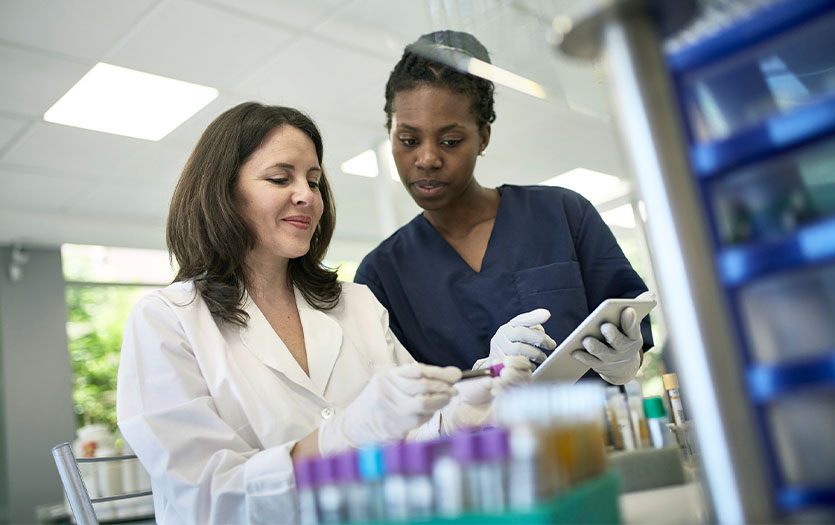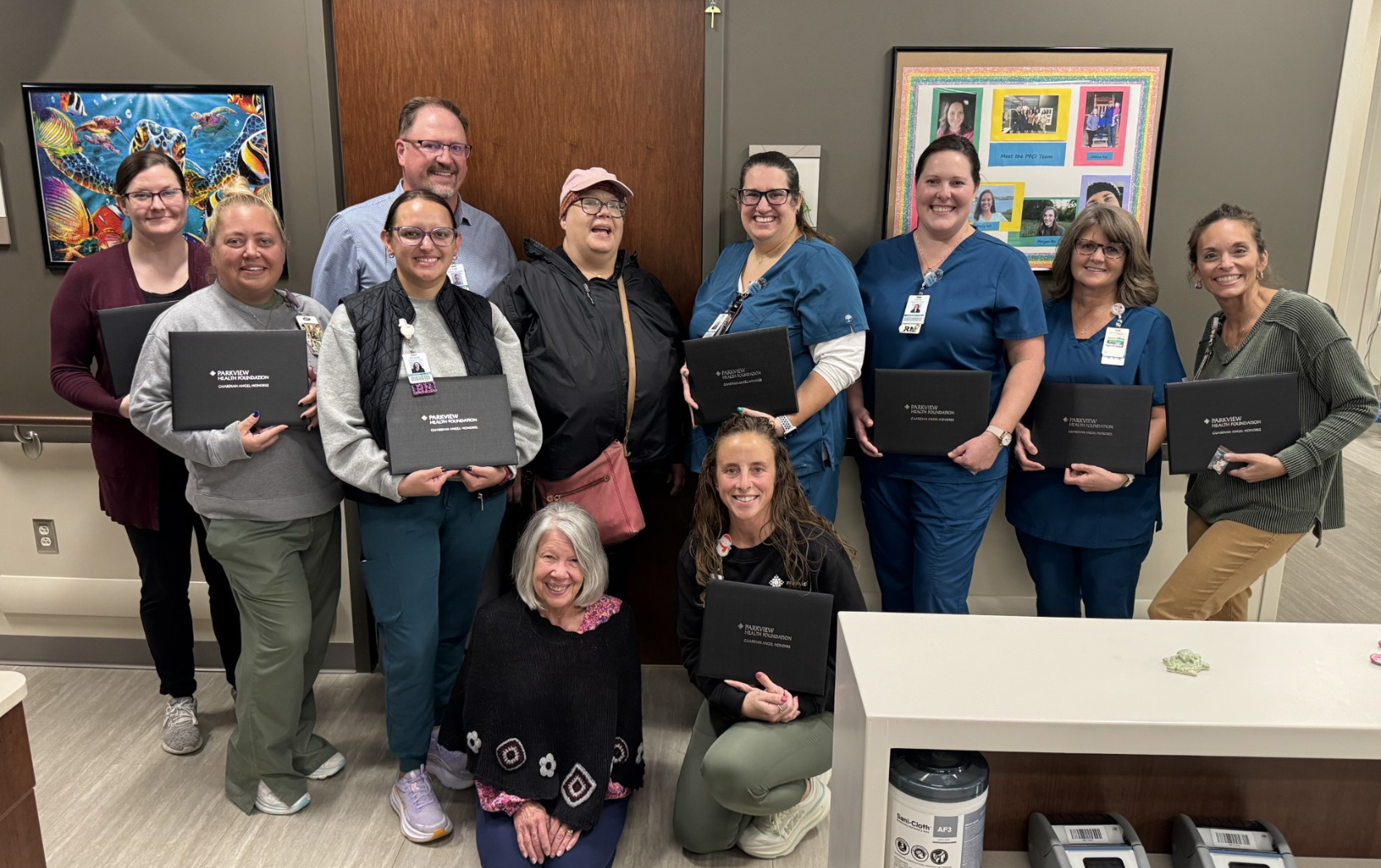
This post was written based on a presentation given by Mark O'Shaughnessy, MD, FACC, PPG – Cardiology, at the 2024 Love Your Heart Expo.
Experiencing or witnessing a heart attack can be a frightening ordeal. However, recognizing the signs and acting quickly can make all the difference. In this post, we'll outline the signs and symptoms associated with a heart attack, recommend actions to take during the event and discuss the procedures utilized to treat a heart event.
What happens during a heart attack?
Myocardial infarction, more commonly referred to as a heart attack, occurs when a clot in a coronary artery blocks blood flow, disrupting the delivery of oxygen-rich blood to the heart muscle. If blood flow is not restored quickly, a heart attack can cause permanent damage or cardiac arrest.
While symptoms may vary slightly between men and women, classic signs of a heart attack include:
- chest pain or pressure
- pain that radiates into the arms
- shortness of breath
- heavy sweating
- nausea
Less common symptoms that may also signal a heart attack are:
- a heartburn-like feeling
- a dull chest ache
- pain in the arms
As a rule of thumb, if you are experiencing symptoms from the waist up or suspect that you are having a heart attack, seek help.
What to do during a heart attack
If you experience any signs of a heart attack, call 911 immediately. Attempting to drive yourself to the emergency room can be life-threatening. Contacting emergency services ensures that trained professionals can promptly treat the medical event. Paramedics are prepared and equipped to manage arrhythmia (irregular heartbeat) or any additional complications that could occur during transport.
Hear firsthand from a cardiologist’s experience during a heart attack
In the meantime, chew an aspirin while you wait for an ambulance. This will get the medicine into the bloodstream faster and keep blood flowing to help prevent further damage to the heart. Once the paramedics arrive, they will conduct an electrocardiogram (ECG/EKG) and contact the emergency department to prepare for your arrival if needed.
Watch how Parkview experts respond to a heart attack.
At the hospital and in the cath lab
After confirming a heart attack has occurred, the primary goal is to restore blood flow back to the heart. This process will move quickly and may seem chaotic or overwhelming, but timely intervention is essential. A cardiovascular surgeon must reopen a blocked vessel within four to six hours to prevent permanent injury to the muscle.
Your doctors will start you on medications to either lower the risks of another attack or prevent further complications, then move you to the catheterization lab. Subsequently, they will perform an angiogram, which consists of passing wire and catheter into the coronary arteries and injecting contrast to obtain a road map of the vascular system. Depending on the severity of the blockage, interventions like angioplasty and stenting may be necessary.
Learn more about the process and history of angioplasty and stenting here.
Is there a cure for coronary artery disease?
Coronary artery disease (CAD) is the most common form of heart disease. It arises from the gradual build-up of plaque in the arteries. Over time, this can narrow the passageways of the arteries and, in severe cases, cause a heart attack.
Stents are a highly effective treatment for blockages in coronary arteries. While this procedure improves blood flow to the heart and relieves symptoms, it is not a cure for underlying cardiovascular issues. Placing a stent in one artery does not prevent new blockages from developing elsewhere, but taking preventive measures and making significant lifestyle adjustments can help decrease the risk.
Get started by knowing your numbers. High blood pressure, diabetes and high cholesterol increase the risk of developing CAD, especially for patients with a family history of the disease. Address these with your provider during your annual exam. Another screening option is the HeartSmart CT scan, a preventive scan of your heart that can detect the beginning stages of coronary artery disease.
Additional lifestyle modifications include:
Stop smoking — Smoking increases the build-up of arterial plaque. The sooner you can stop, the better. According to the World Health Organization, after only one year of quitting, your risk of coronary heart disease is reduced by 50% compared to those who don't stop.
Increase daily physical activity — Adults should aim for at least 150 minutes of exercise each week. The most crucial factor is to choose an activity that you enjoy and will want to sustain.
Get checked out — If you are experiencing any symptoms, have a family history, or want to better understand your risk factors for CAD, speak with your primary care provider. It's never too late to make changes for better heart health.
Learn more about the services offered at the Parkview Heart Institute by visiting us here.



